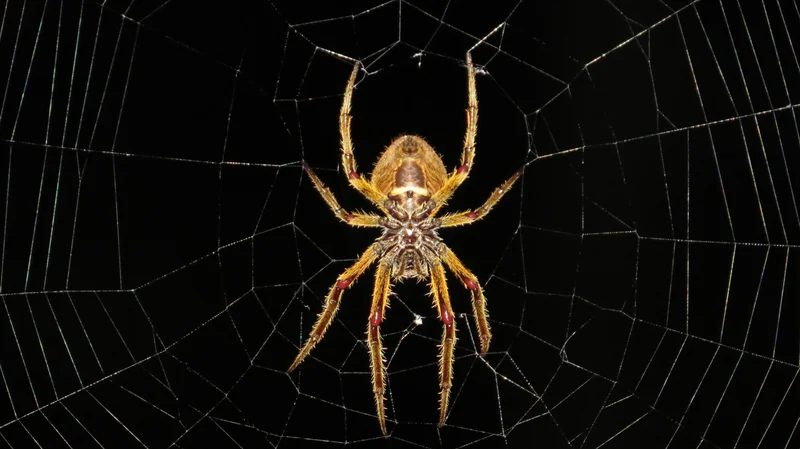Finding a spider inside your house or car is a huge nuisance that everyone has to deal with at least once. The first step to dealing with spider problems is knowing how to properly identify the spiders that are invading your space.
In this guide, we’ll go over the five most common types of spiders that you’re likely to encounter in your home or car, and how to correctly identify them. Keep reading to learn more!
Table of Contents
The Five Most Common Types of Spiders
If you have spiders in your house or car, these five species are the ones that are most likely causing the spider infestation.
If you are wondering how to get rid of spiders in car or house, there are tons of tips and tricks to help you deal with your spider problem. And if there are too many for you to deal with alone, call your local exterminator and see what they can do for you.
1. The American House Spider
These are comb-footed spiders that create messy and unsightly webs. American house spiders are typically found in closets, basements, and crawl spaces.
They are tan, brown, or grey with dark brown patterns. American house spiders are about the size of a nickel. You can identify them by their rounded abdomen.
2. The Long-Bodied Cellar Spider
The long-bodied cellar spider is often mistaken for a daddy longlegs. But they’re actually quite easy to tell apart.
Daddy longlegs or harvestman arachnids have one body section and two eyes. Long-bodied cellar spiders have two body sections and eight eyes. They are beige, light brownish-tan, or grey in color, and have a small, round body.
Long-bodied cellar spiders prefer dark spaces. They are most often found in garages, basements, cellars, and crawl spaces.
3. Sac Spiders
This type of spider actually doesn’t make webs. They are typically found near the ceiling or high up on walls, and are more active at night.
Sac spiders are light yellow or light beige. They have oval bodies and are about half an inch long.
Sac spiders are not venomous, but their bites can produce swelling and soreness at the site. Serious reactions are rare, but can occur in people with spider bite allergies.
4. Wolf Spiders
Wolf spiders are a good bit larger than other household spiders, which makes them easy to recognize. They are hunting spiders that eat insects.
Wolf spiders are black, brown, tan, or beige. Their bodies are elongated and typically measure over an inch in length.
Wolf spiders are sometimes mistaken for the venomous brown recluse. Fortunately, they are not venomous, though people who are allergic to spider bites can sometimes suffer a reaction to a wolf spider bite that requires medical treatment.
5. The Hobo Spider or Funnelweaver
The funnelweaver is named so because it weaves distinct funnel-like webs. They are an aggressive spider that prefers dark spaces like basements and underneath fireplace woodpiles.
Hobo spiders are brown or tan with an oblong body that is typically about a half-inch long. They can be identified by their solid coloring with no markings. Funnelweavers are not venomous, but some people experience irritation at the site of a bite.
Don’t Wait to Deal With Your Spider Infestation
Dealing with a spider infestation can feel like a lot of work, but it’s better to tackle the problem now instead of waiting until it gets out of hand. Now that you know how to identify the five most common types of spiders, you can find solutions to deal with the particular species that is bugging you.
For more great content, check out our other articles today.
Read Also: Advantages Of Landscape Lighting For Homeowners

